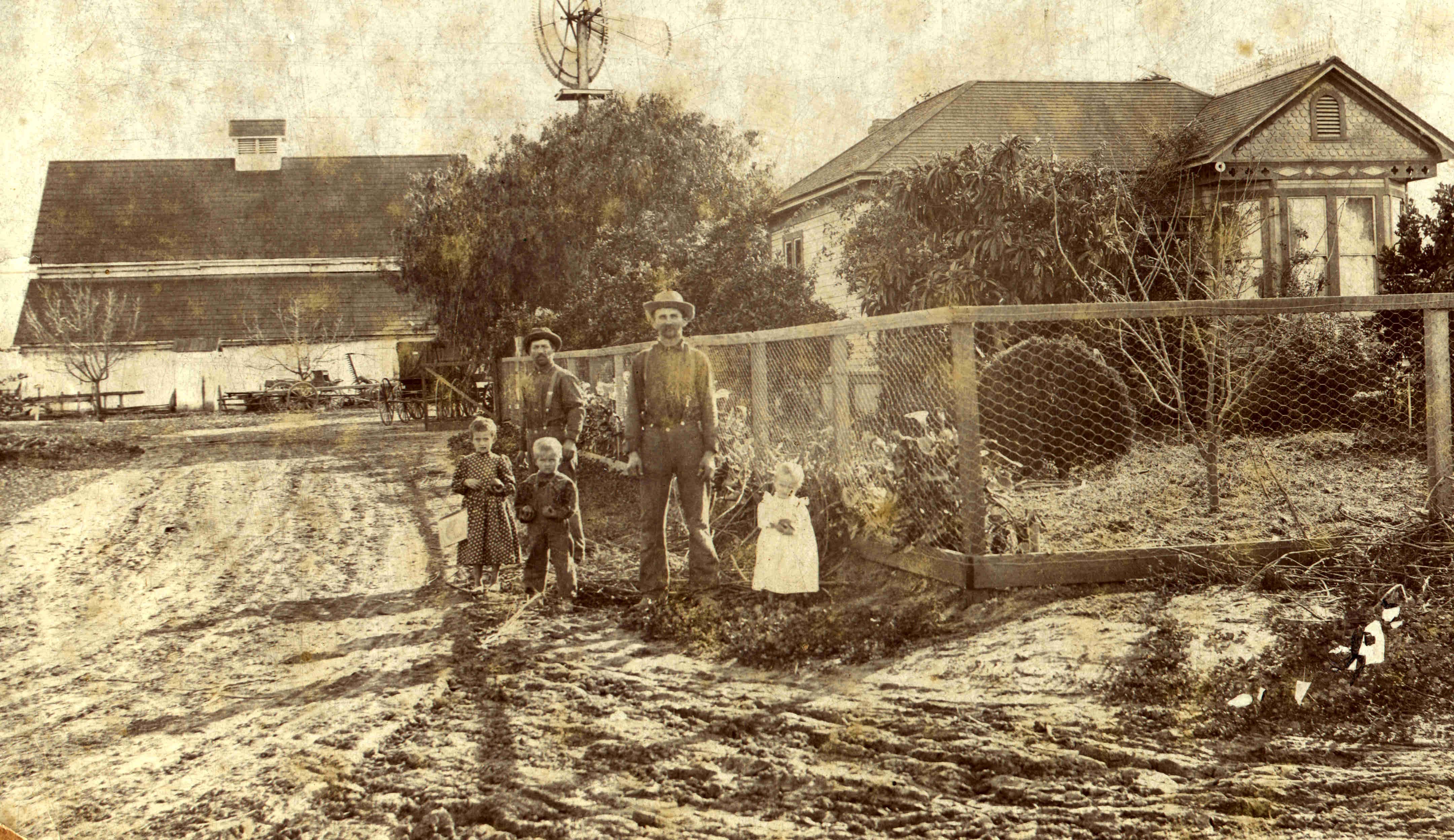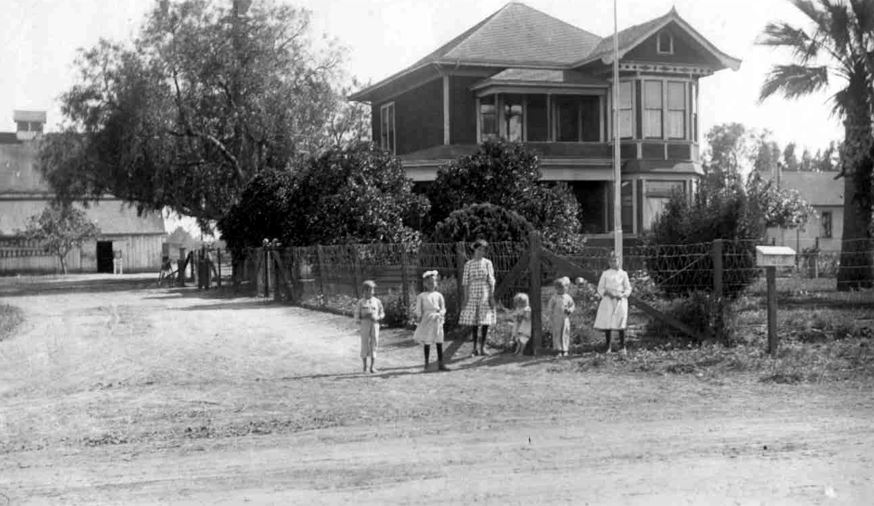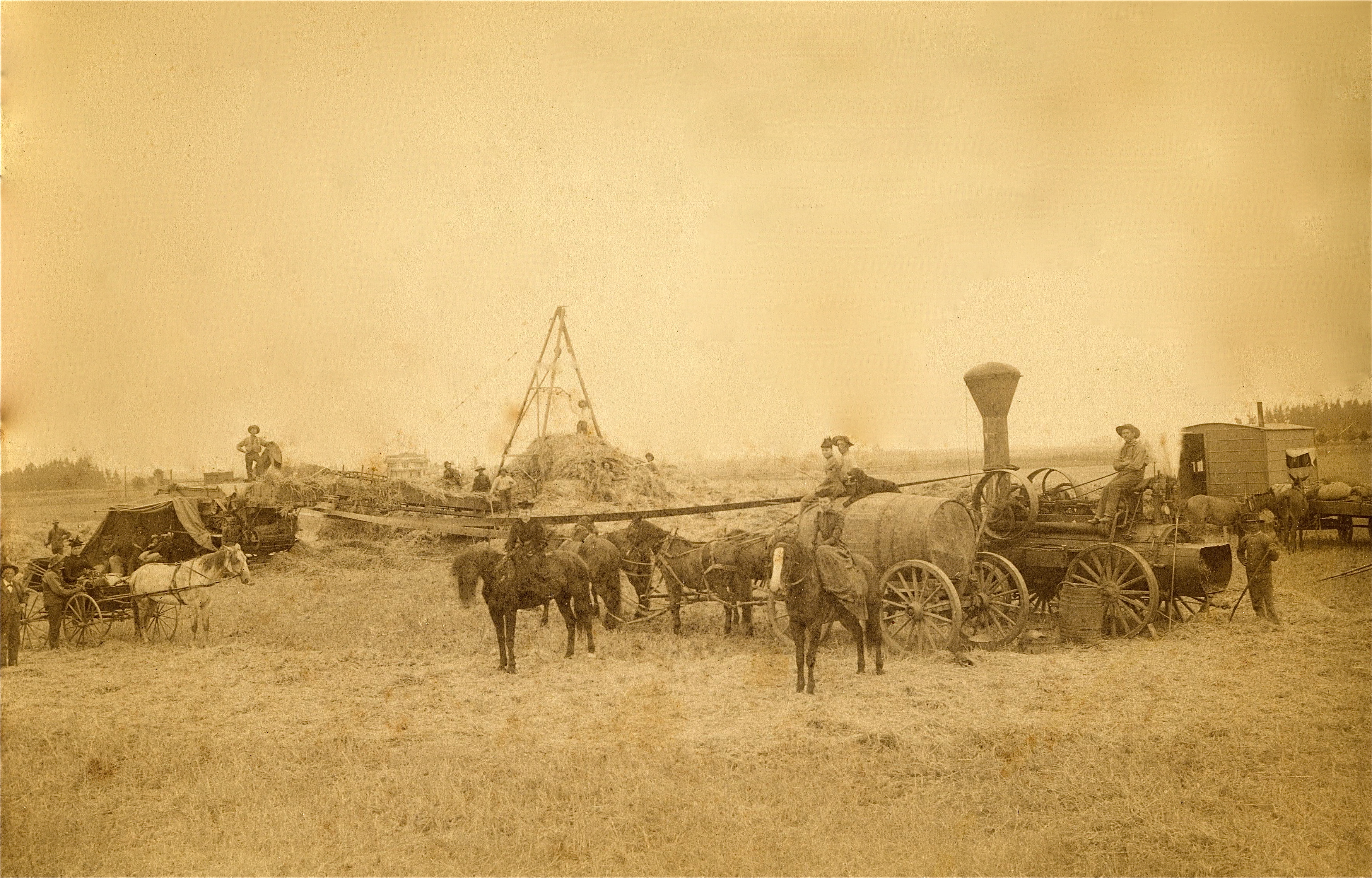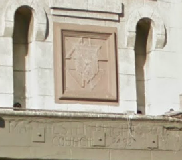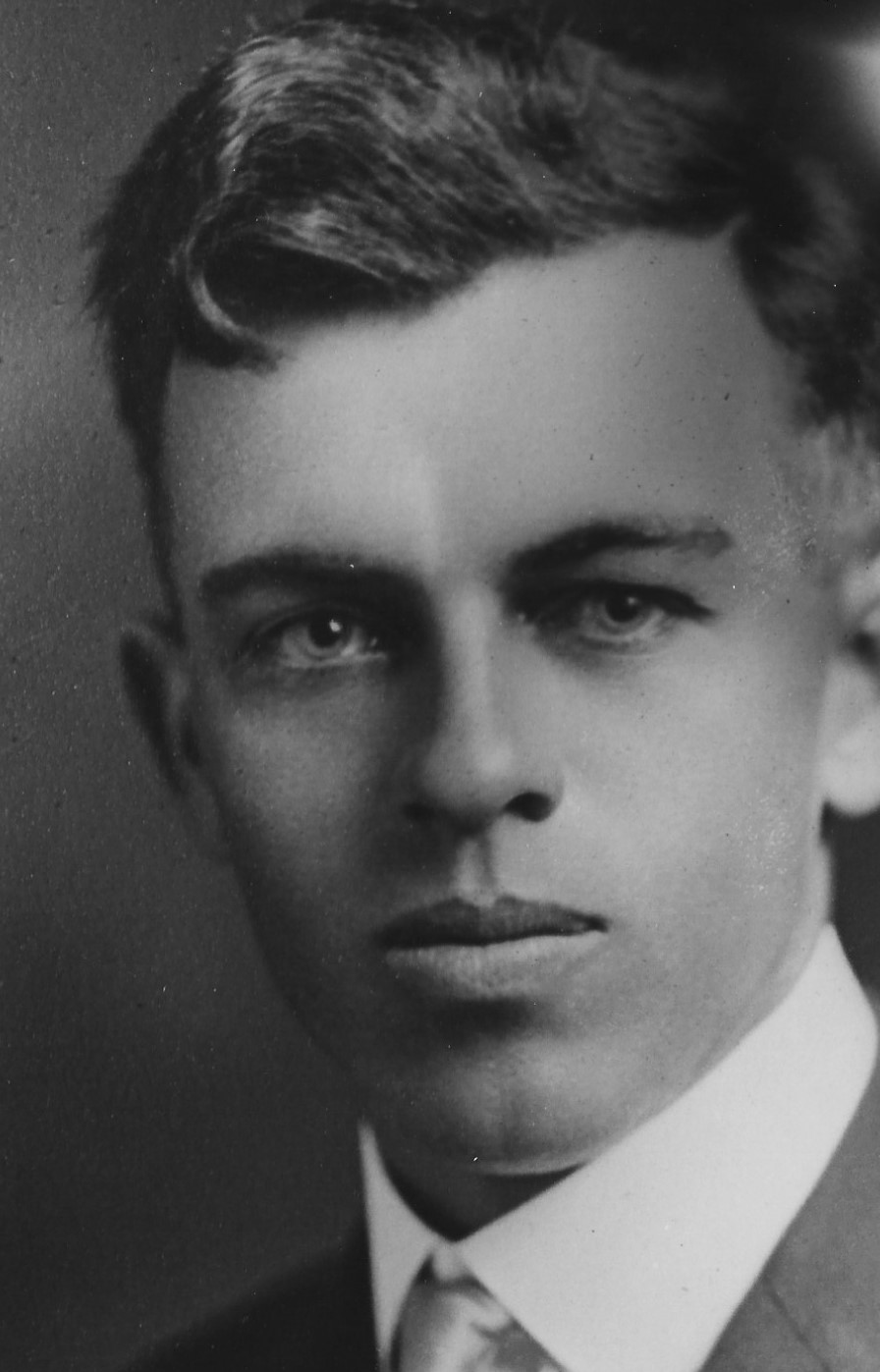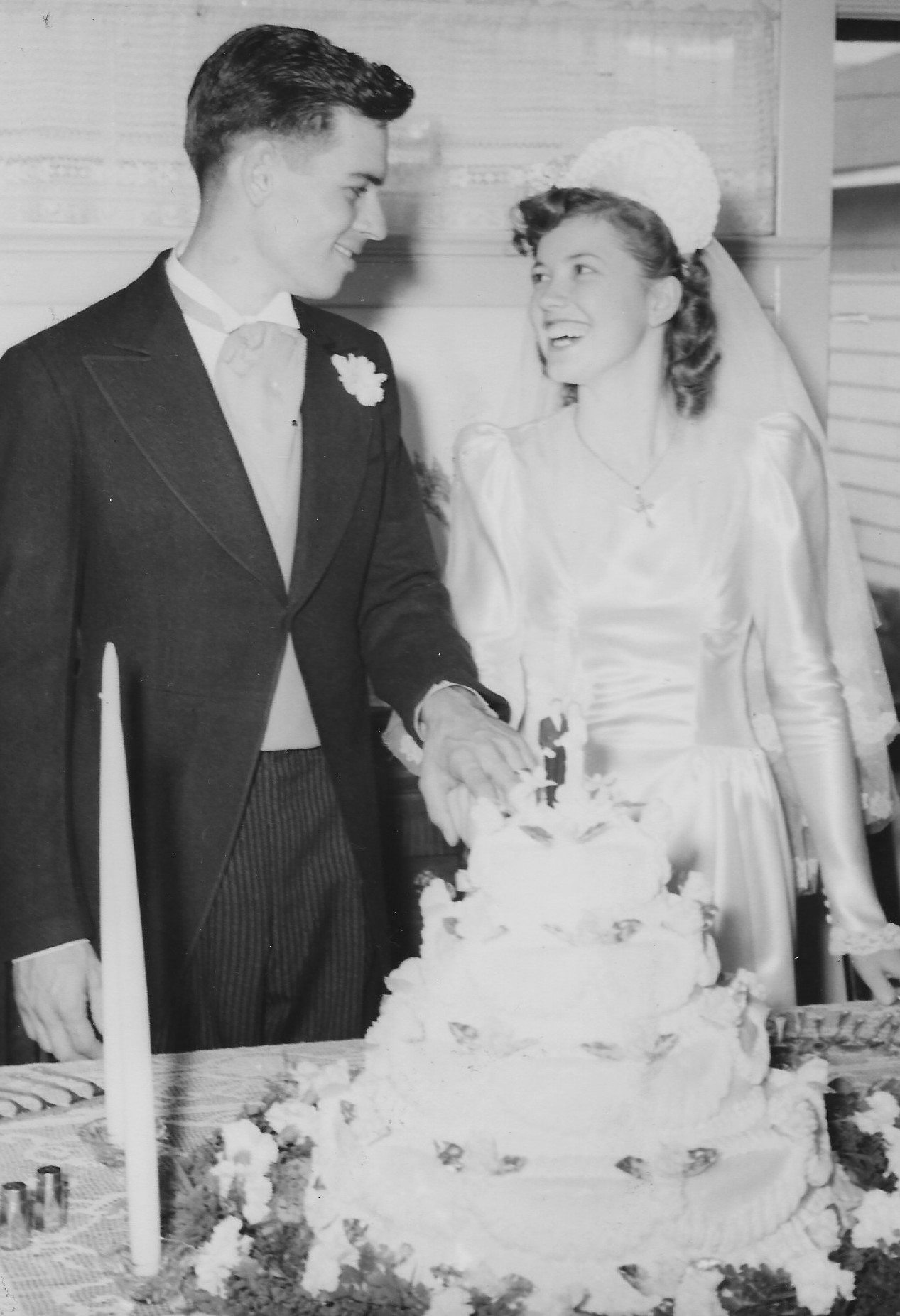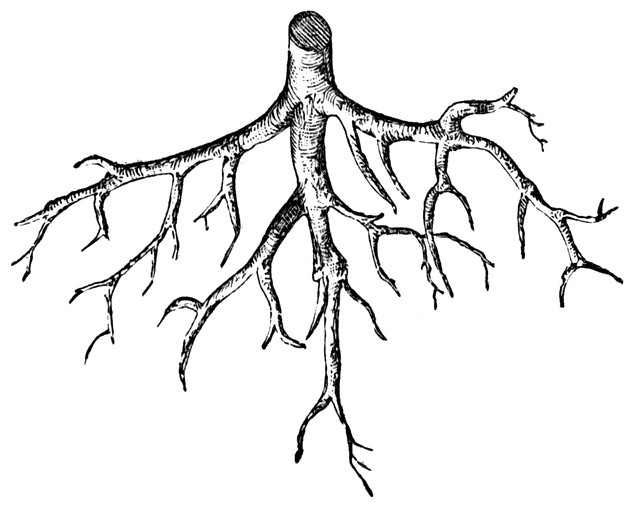.
Saint Michael's School.
As time passed, Anna mentioned one day to the Dominican Sisters “what a trial it was to get her half-dozen school-age children off on the long trip” (more than 3 miles - each way - by horse and buggy). Later as the area became further developed, they all took the Redondo train and walked the last mile to reach the school - St. Joseph’s. The two Sisters (Nuns) from St. Joseph’s proposed a solution. They would make the train ride if a school could be built near the Wagner farm.
John and Anna agreed that as the owners of the farm land in the area, they should arranged to build a school on their property (later they provided the land on which the St. Michael’s church was built).
Together John with his two brothers George and Michael Jr. along with their brother-in-law Michael Mertens - all farmers in the area - constructed the school. It was named St. Michael’s in honor of their father’s Patron Saint and in remembrance of their father, Michael Wagner.
The little wooden two room school house was the first in Southwest history. Forty three pupils turned out on the first day of school, Sept, 8, 1903. Eleven were Wagners, and four were Mertens.
The two Nuns kept riding the train until 1907, when the first Convent was built. Sometime after that, Sister Vibiana - the second daughter of John and Anna, became the principal of St. Michael’s School. In 1953 the school was renovated with a “modern” four-classroom addition to the existing two-room facility.
The little wooden school eventually gave way to a somewhat more pretentious one on the south side of Manchestor where the present rectory stands, and this was succeded in 1926 by the present building on 87th Street.
.
.
.
.
.
.
.
.
.
.
.

